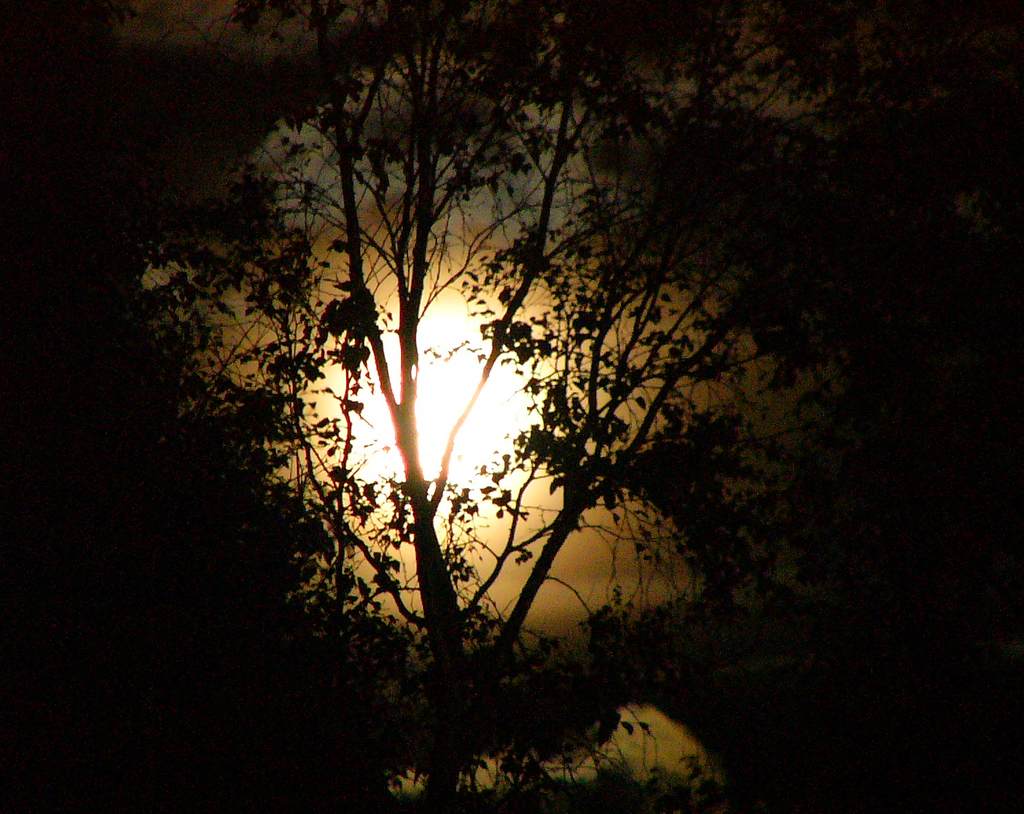Neith posted this article by Raymond Merriman:
We are living in a Renaissance time, and most of us do not even know it, or cannot find the time to step back and appreciate it. Every 500 years Neptune and Pluto return to their same spatial relationship to one another. Every 171 years, Uranus and Neptune do the same. And every 126 years, Uranus and Pluto do the same. Three Uranus-Neptune cycles approximately equals one Neptune-Pluto cycle. And four Uranus-Pluto cycles equal approximately one Neptune-Pluto cycle. That means every 500 years or so, these 3 outermost planets in our solar system (well, they were until scientists re-labeled them this past year) are in approximately the same position in reference to the zodiac and one another.
In 1398-1399, Neptune and Pluto formed their conjunction at 2-4 degrees of Gemini, which was just about the time that Italian Renaissance officially began. These two planets did not come together again until 1891-1892 at 7-9 degrees of Gemini, which could be argued as the approximate period of the start of another renaissance that we are still living today.
But what is most interesting is that Neptune and Pluto moved into a long sextile (60 degree) aspect to one another from 1460 through 1540. This same relationship returned again 1950-2032. Due to Pluto’s elliptical orbit, Neptune actually comes inside of Pluto’s orbit and is closer to the Sun during some of this period. That is why this aspect remains in effect so long. In the late 15th century, as this sextile was in effect, the intellectual and artistic climate of Europe was extremely exciting. It was a time of innovative movements that completely transformed several aspects of life, from economics, to art, to religion and philosophy. The height of this was even more defined as Uranus and Neptune came into conjunction in 1478-79, and then into mutual reception with one another in the first decade of the 16th century (through 1509). The same thing is happening now, as Uranus and Neptune conjunct in 1993, and they entered into mutual reception (where each planet is in the other’s ruling sign) from 2003 through 2011 – while Neptune and Pluto remain in sextile.
We are in another Renaissance right now. In fact, I believe in time historians may look back upon the first decade of this 21st century and see that it too shared many characteristics of Renaissance Europe (and especially Italy ). The difference is that back then we didn’t know that Uranus, Neptune, and Pluto existed, which may be symbolic of the fact that we didn’t know how to handle this type of eclectic and electric excitement. Now we know of their existence, and with Neptune and Pluto in harmonious sextile, astrologers know that this is a signature of opportunity – opportunity to solve any crisis if we put our mind to it. After all, Neptune is the imaginative mind, and the quest for peace and beauty. And Pluto is to urge to reform – to get rid of that which is holding us back, and bring forth new models that are more relevant to the current and futures needs of humanity.
That’s why there is hope at the end of 2006. In the late 15th century, they didn’t know how to handle this dynamic. They weren’t even aware it existed, except perhaps on an intuitive plane. The heights that art, philosophy, and economics reached during that 100 year period, from 1390 through 1490, were incredible. But it all came toppling down at the end through excesses and indulgences on the part of the leaders of that period. That was the first time in thousands of years that Neptune and Pluto were sextile, while Uranus and Neptune were in mutual reception, for these orbital cycles are only approximately proportionate to one another. It will only happen twice.
And this is second and last time. Let’s get it right this time, and enjoy the greatness of what we have achieved as a human family occupying this beautiful planet, we call Earth.
An interesting thing to me is that this period generally corresponds with the conjunction of Pluto to the Galactic Center in 1510-1512. In the 1500s, humans were not concerned with matters of consciousness. The Church ruled and began at that time to rule with an iron fist, but the Neptunian creativity arose through music, art and literature. During this period we are experiencing an expansion of consciousness that has never been seen before on such a mass level. The Dog Whisperer is bringing the concept of “energy” into millions of homes, and every six-year old is learning how to do magic thanks to Harry Potter. Intention is the key here, and manifestation en masse for a world that we want to live in.
Thanks Neith, for this very interesting article.

